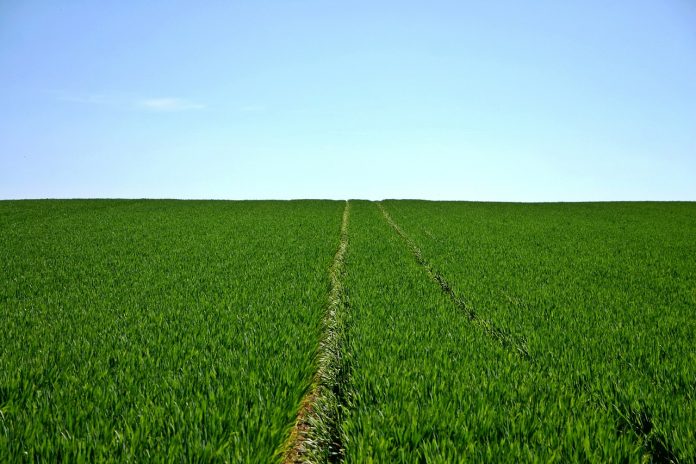Weather patterns in the past few years have begun to be more and more unpredictable. Along with the weather, fertilizer and fuel costs are only going to keep growing.
Eco-farming systems can build soil health and allow the soil to use its own slow release fertilizer. Eco-farming systems involve long-term No-Till, cover crops and controlled traffic in the fields.
Tillage problems
Tillage is a short term boost with long term issues. When soil is tilled the organic matter is open to oxygen most of the life in that soil is burnt off in the first 5 minutes.
Tillage also kills off fungi and other living organisms that help the plant break down nutrients and provide an expanded network of roots to reach water.
Compaction
A compaction layer or plow-pan can be found in most farm fields.
About 9 to 10 inches down in a conventional plowed field there will be a compaction layer that is very hard for roots to penetrate. This limits the plants’ water capturing ability to the top 9 to 10 inches.
No-Till planting and cover crops can break through this compaction layer and allow the soil to heal itself and give plants a much larger area to gather water from, especially in drought-like conditions.
Controlling traffic
Traffic control is minimizing the areas that are driven over. Controlling the areas that grain carts and tractors drive over minimizes compaction.
Cover crops
Cover crops do more good to soil than anything else. Cover crops help increase organic matter.
Organic matter is what ties up Nitrogen and Phosphorus in the soil as well as other macronutrients.
The roots absorb soluble nitorgen and phosphorous but also create valves in worm and older root channels that would allow sediment and fertilizer to leach down into the tile lines and off the field.
Cover crops raise the percentage of organic matter which will at the same rate increase water holding capacity and nitrogen and phosphorus levels.
Eco-farming
Eco-farming systems allow nature to do as it has done for centuries.
The ground will hold more water during a drought, the roots of crops will be able to penetrate down further into the soil to reach a larger water table and the amount of fertilizer needed to get the expected yield will decrease over time.
Every trip across the field represents an investment in time, equipment, labor and fuel. No-till saves time and fuel, improves wildlife habitat, limits off-site environmental impacts and ultimately protects and improves the soil.
So as you plan your spring planting, remember the advantages of planting your crops using no-till methods. For more information on eco-farming, call 330-277-2977.













